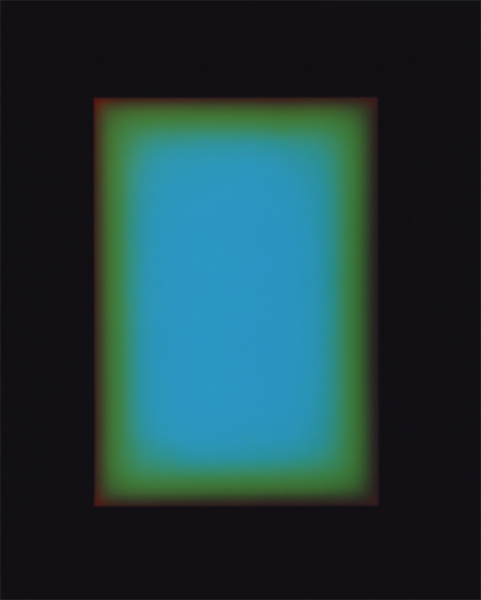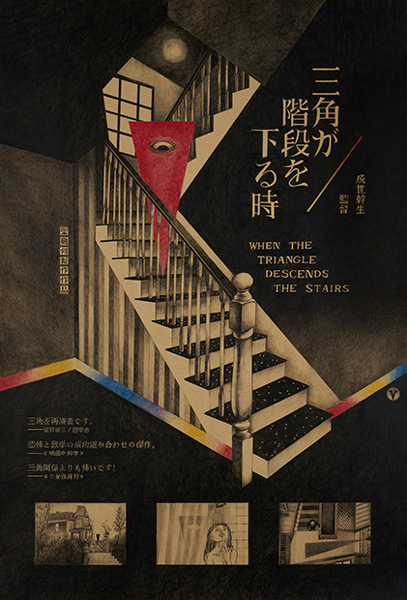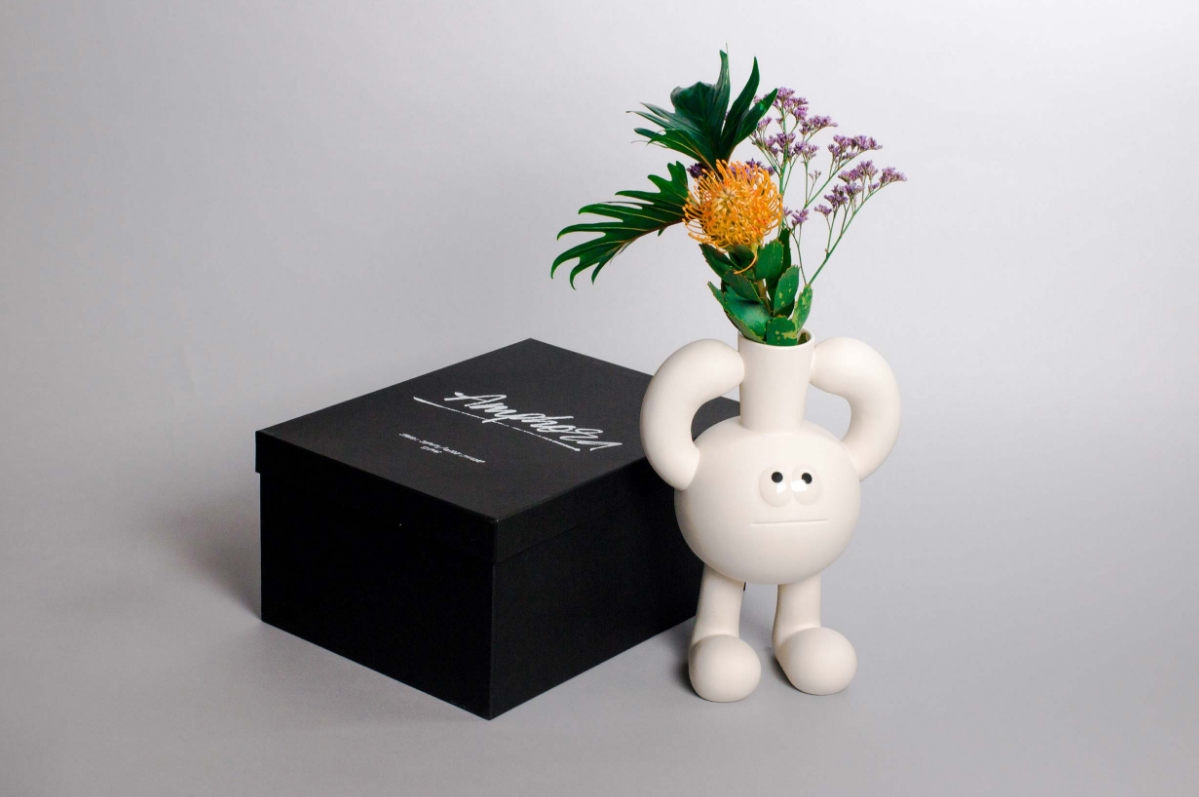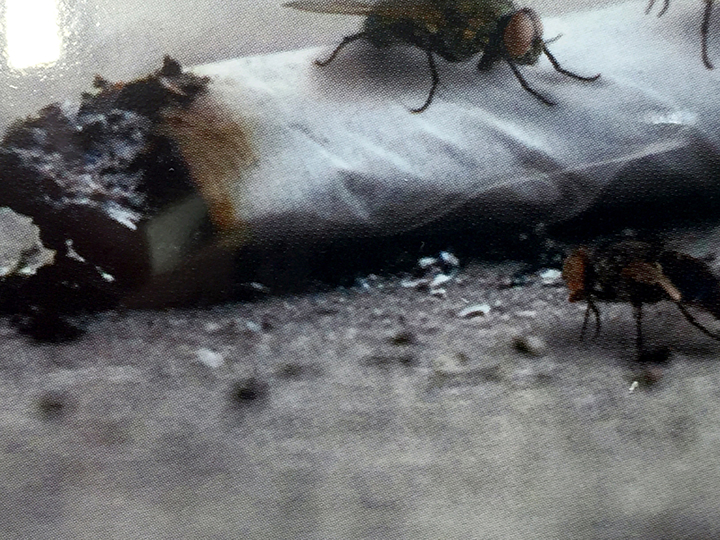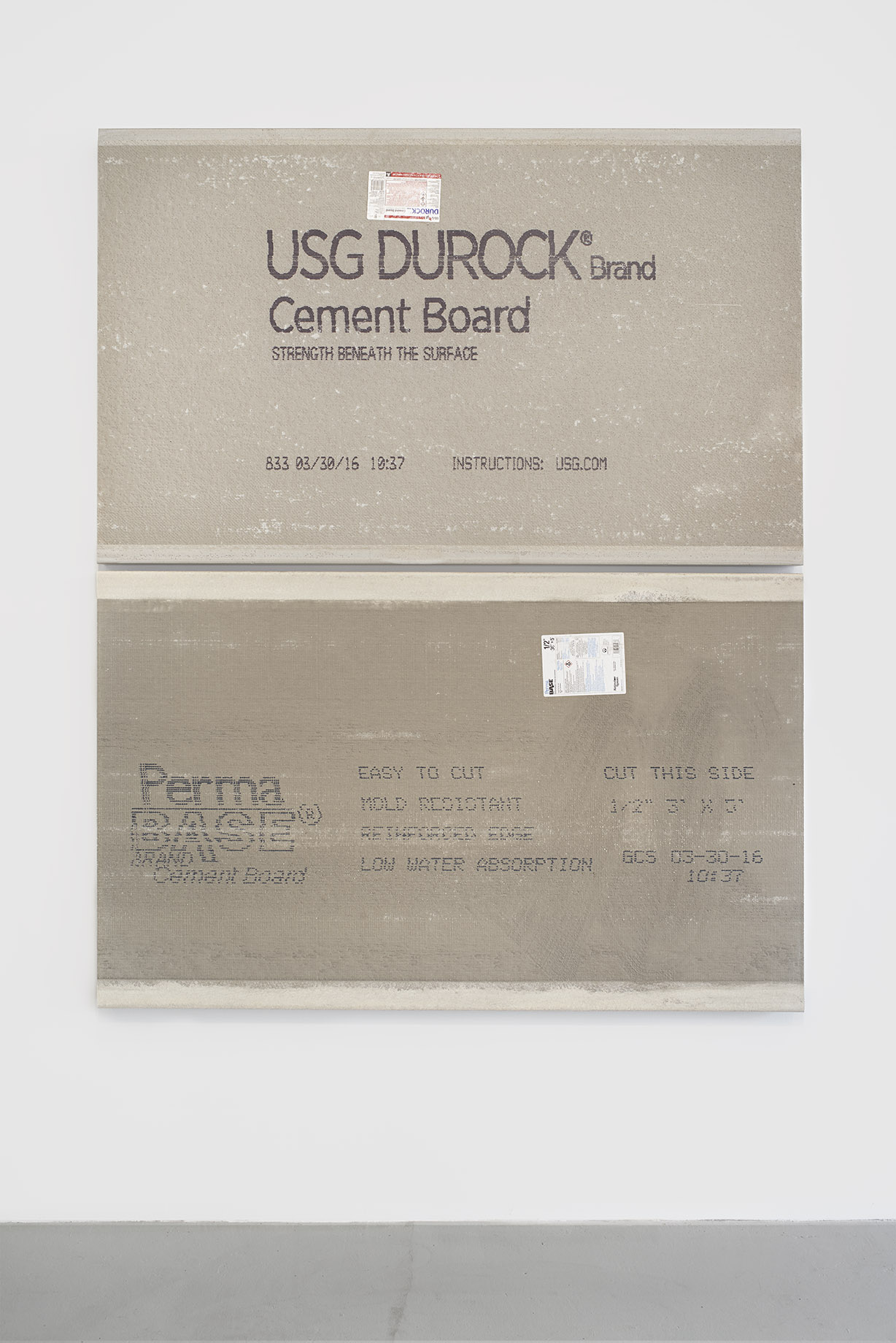EDGAR MARTINS
2016-09-19The new exhibition Siloquies and soliloquies on death, life and other interludes, confronts the viewer with a variety of questions concerning death and the intermittencies of life, with the interludes and intervals that, between each image, reveal indicia and objects that – under the specter of death – ramify in a vast archive of conceptual, visual and documental relations. This three-year long investigation was developed by the artist in the National Institute of Forensic Medicine and Science, in Lisbon and Coimbra; and includes some images from his personal archive.
In this project, the different strategies Edgar Martins uses to address death include a process of approximation between images in which the reality of the dead body (the corpse?) finds correspondences with, for example, the chemical effects of toxic fruits used in India to commit suicide – the chromatic intensity of a scarlet tree confronts us with the ambiguity inherent to its aesthetic radiance and poisonous nature. On the other hand, written language is present as a final moment that is materialized in the suicide’s last letters, something between presence and absence that alludes to that intermittence of çife. In one of the photos, we can see the representation – an austere image on a black background – of a paper plane photographed in a vertical position, reproducing the shape of a supposed last letter of a convict as it was launched from the window of his prison cell. One other image refers to this first moment; a memory of the volitional testimony of the suicidal despair we can read in a text message on the screen of an old Nokia cellphone: “Charles, please take my friends out for lunch. Prey for me. Goodbye”. Just like the seemingly abstract photograms, photos reproducing the limits of the paper and where the written message, as a specter or as a lifeless body, is limited to the weather information concerning the day a certain individual committed suicide.
Opposite – Photogram (7), 2016
Exhibition runs through to October 29th, 2016
Cristina Guerra Contemporary Art
Rua de Santo António à Estrela, 33
1350 – 291
Lisbon
Portugal
